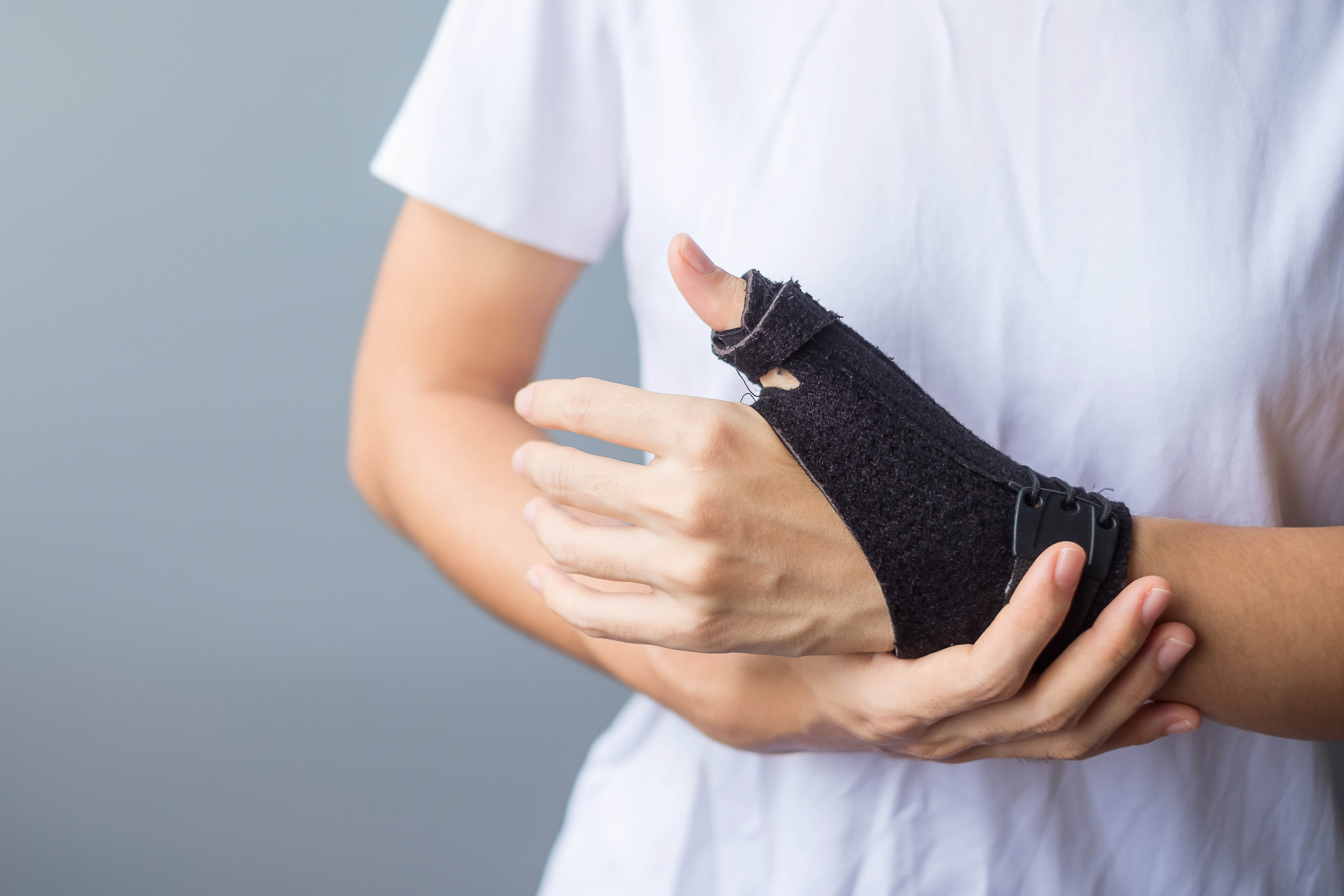De Quervain’s is a painful tendon entrapment condition that affects the thumb side of the wrist. Surgery can be performed to alleviate the compression and provide relief. This can be done under local anesthetic (with no sedation), or with moderate sedation or a general anesthetic. The steps to the release are simple, but delicate.
First, the arm is prepped and IV antibiotics are given to help prevent infection. Local anesthetic is then given, and a tourniquet placed just below the elbow is inflated. Next, the location of the tendons within the first dorsal compartment is located and an incision is made. There is a small sensory nerve branch that is predictably nearby. This nerve is located and protected while the underlying tendons are identified underneath a thick band of tissue covering them, called the retinaculum.
With precision, the retinaculum is then cut in line with the tendons, releasing the retinaculum and allowing the tendons to free themselves from compression. There may be thickening of the lining of the tendons, or thickening of the floor of the retinaculum. These thickened tissues can be trimmed or taken out if needed to allow the tendons to be free to glide and move smoothly.
The wounds is then irrigated with antibiotic solution and closed. A soft dressing is placed over the wrist. The surgery is then done, and the patient is taken to the recovery area. They are allowed to move their fingers and wrist freely, and can wear a removable splint. Therapy will begin in 5-7 days, and will last for 4-6 weeks, depending upon the patient’s preference.
The wrist may be sore for a few weeks, but patients predictably recover well and within a short time will have the much-desired resolution of their symptoms!
If you are experiencing pain from De Quervain’s disorder, please call 940-299-HAND for a consultation with Dr. Timothy B. Larson, MD.

